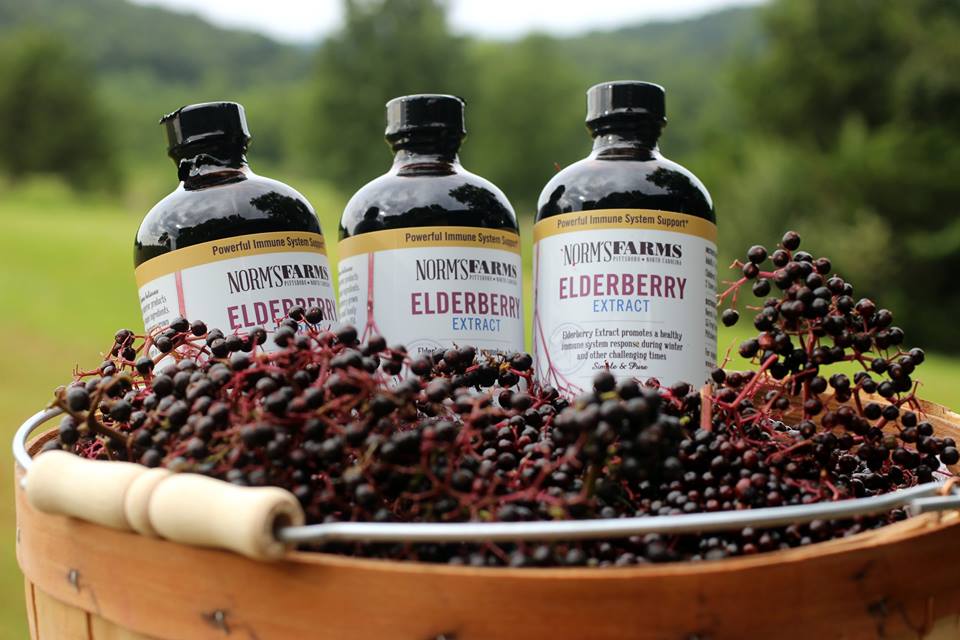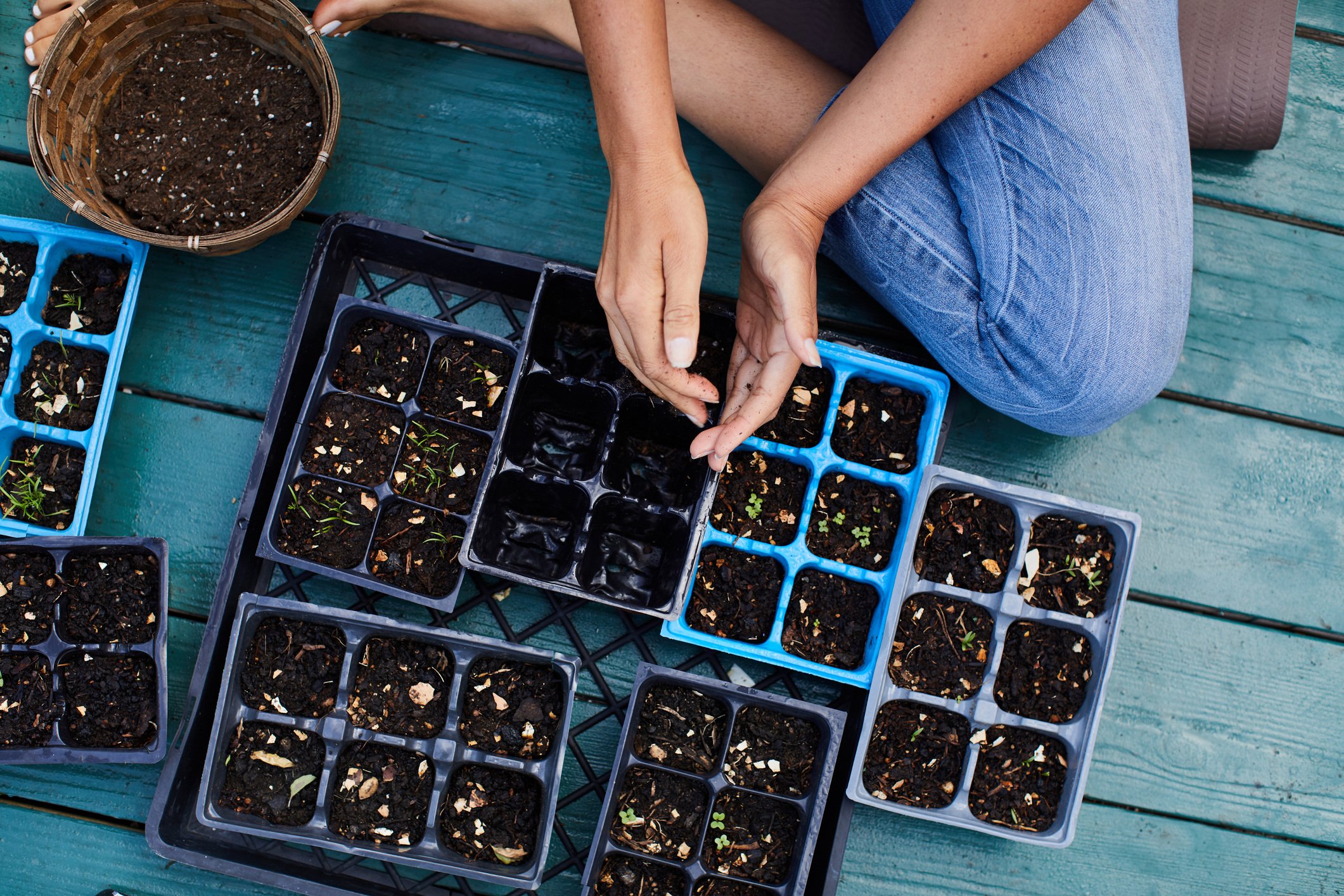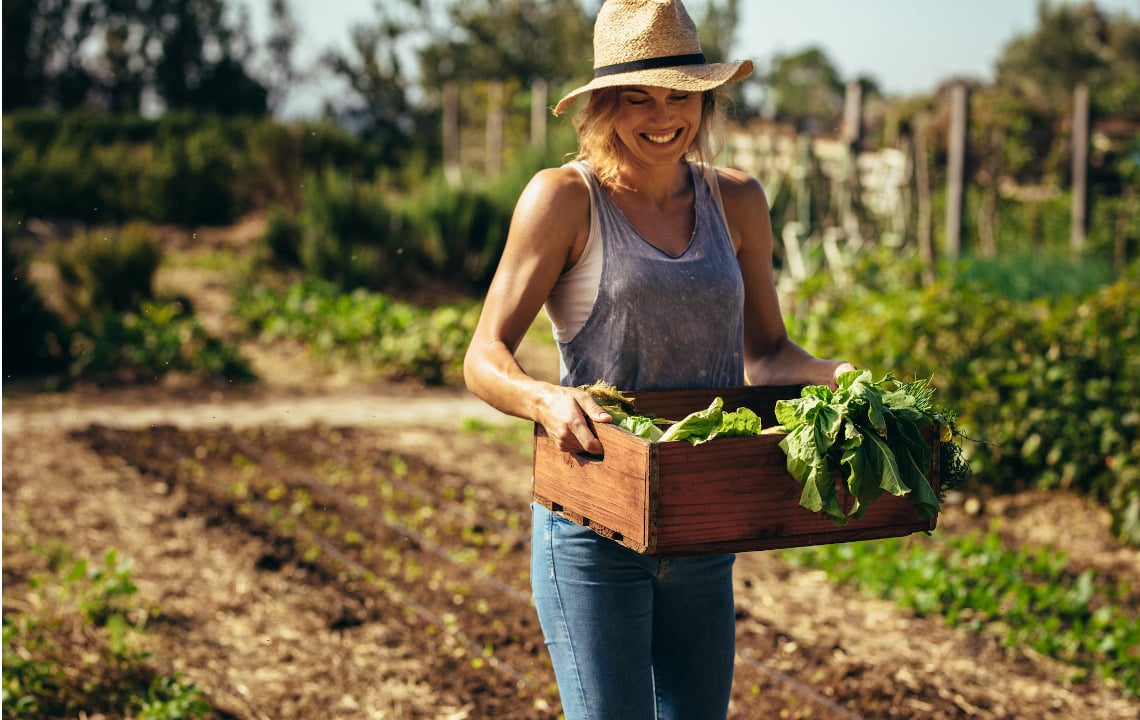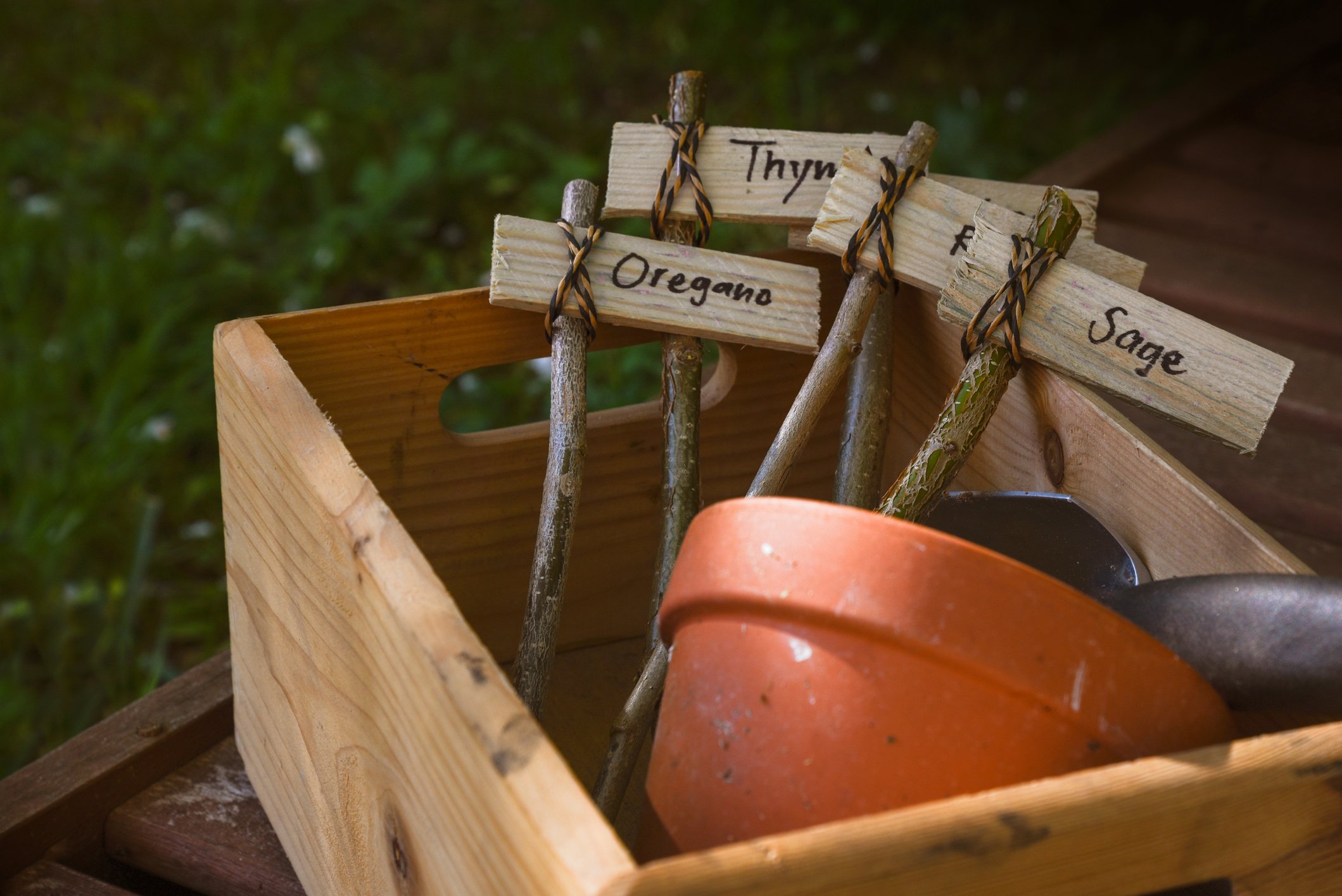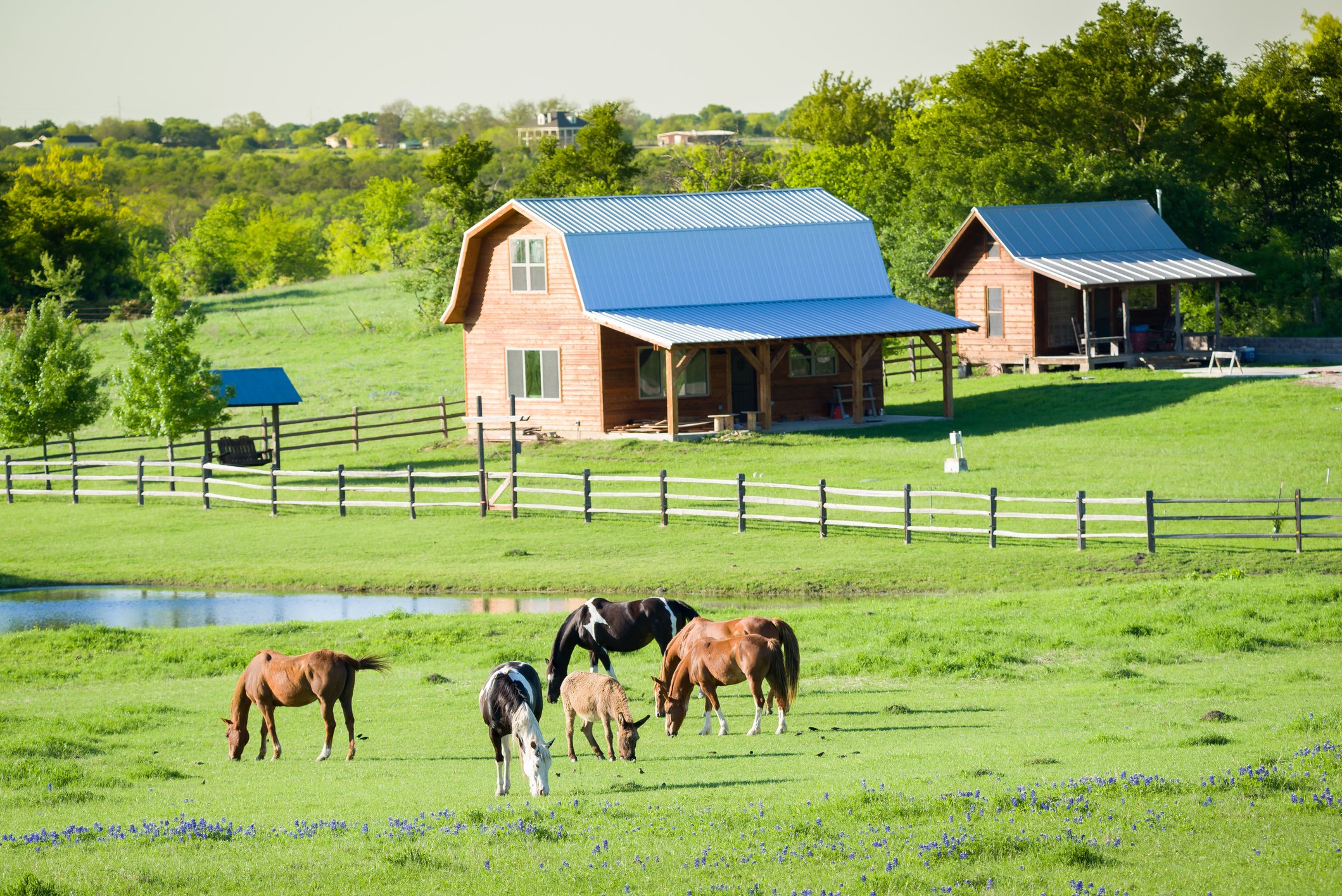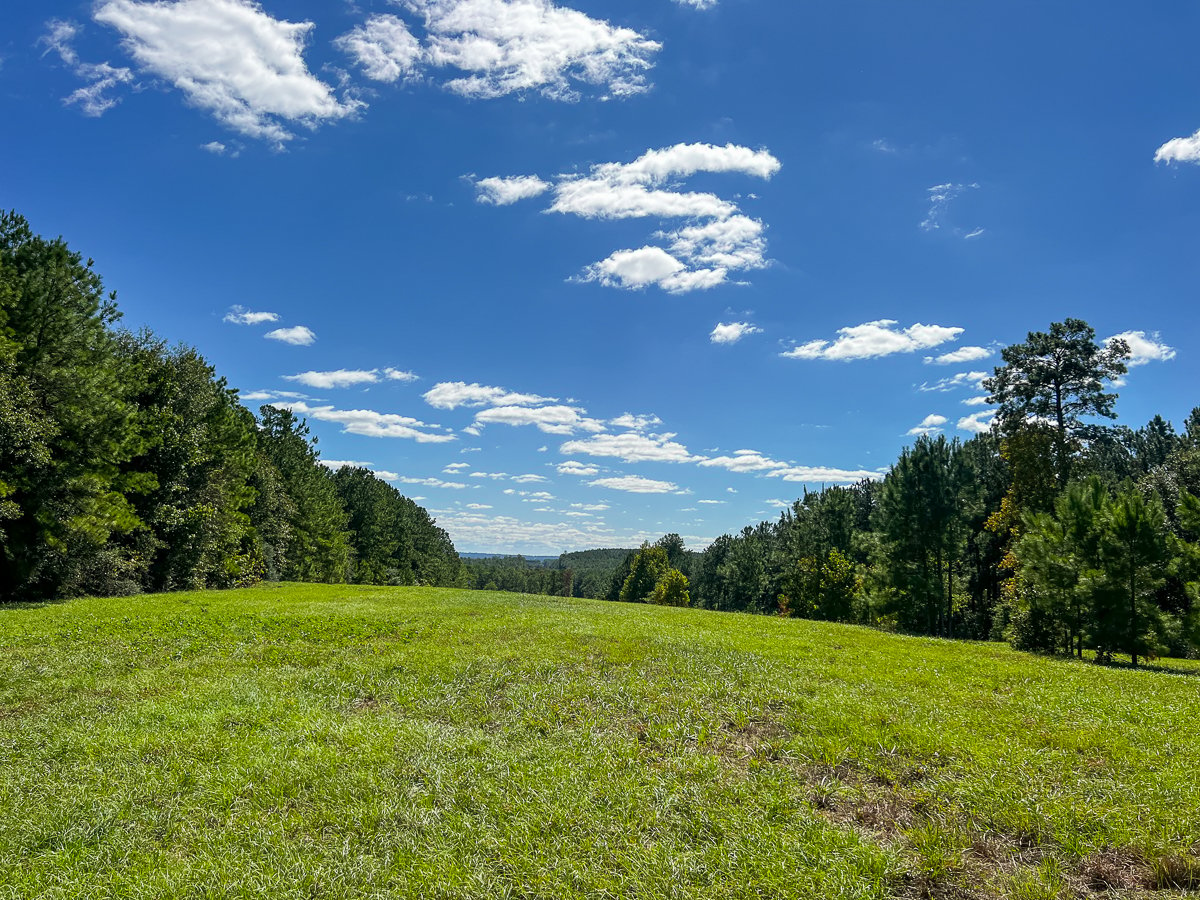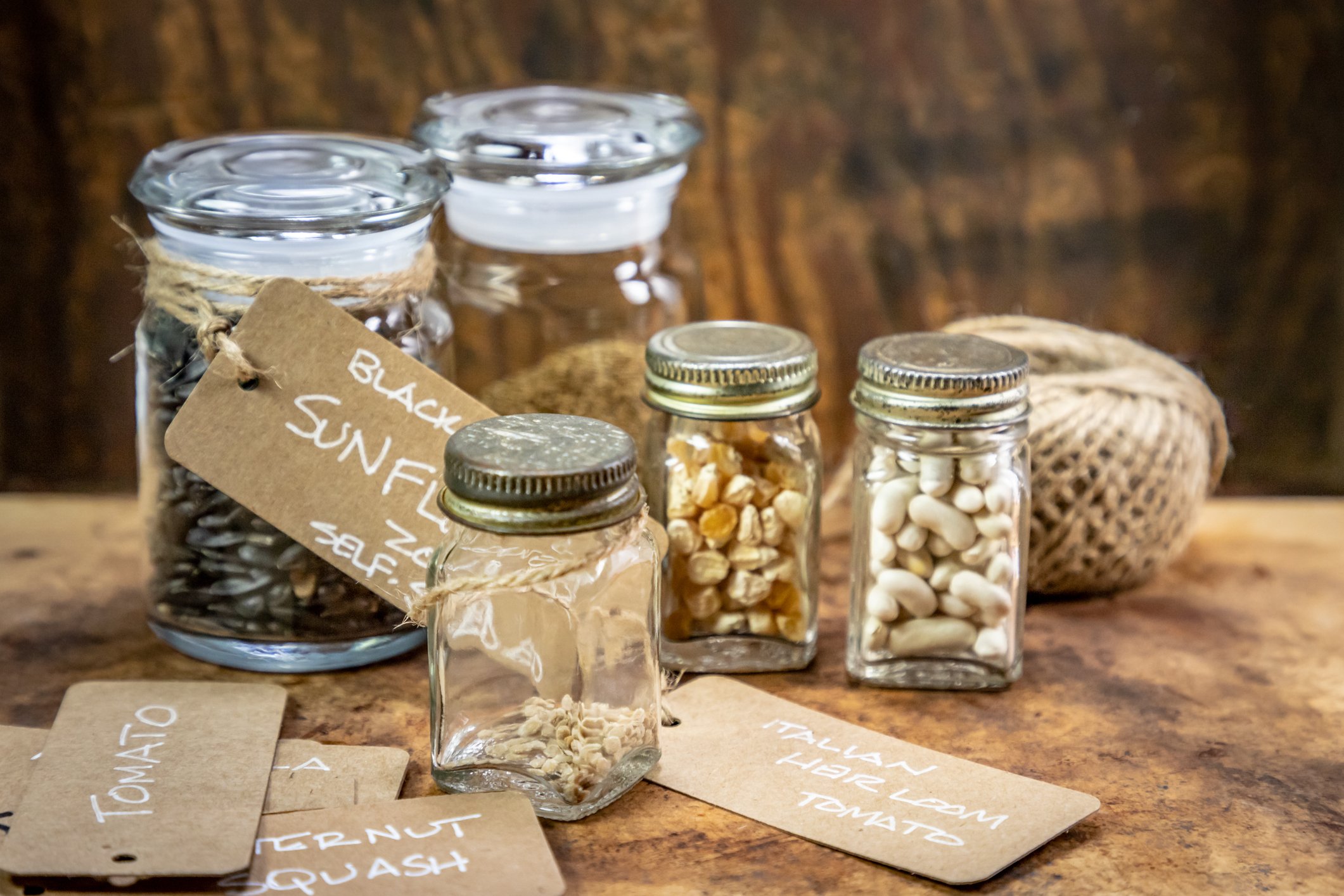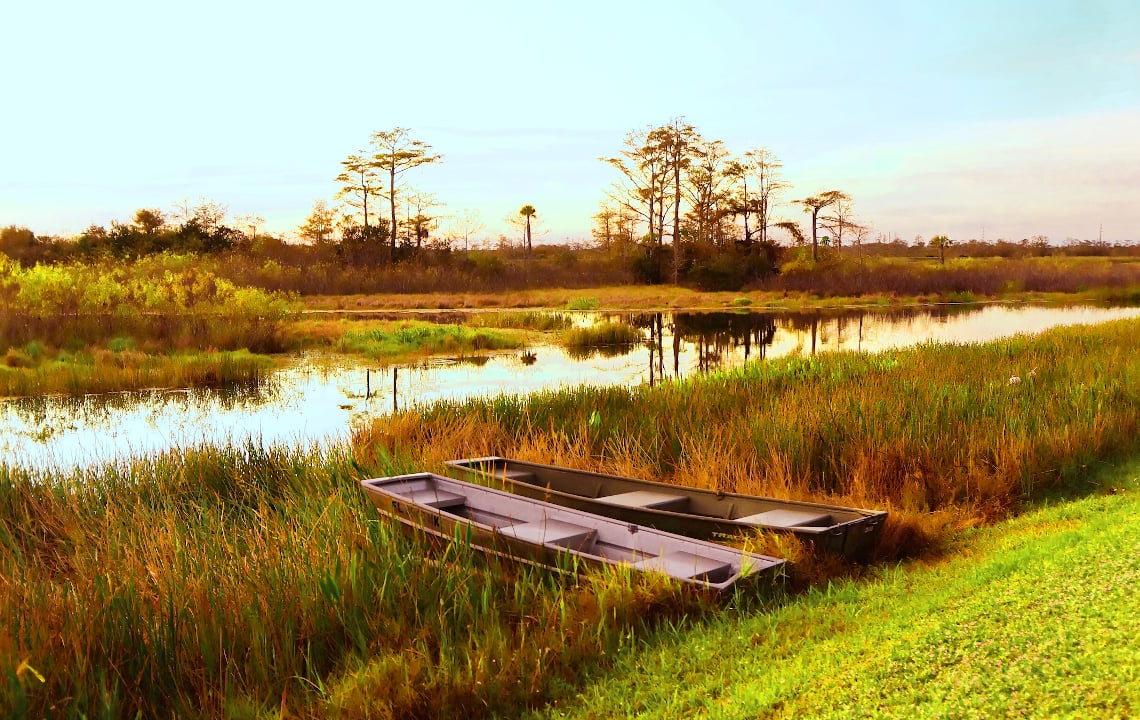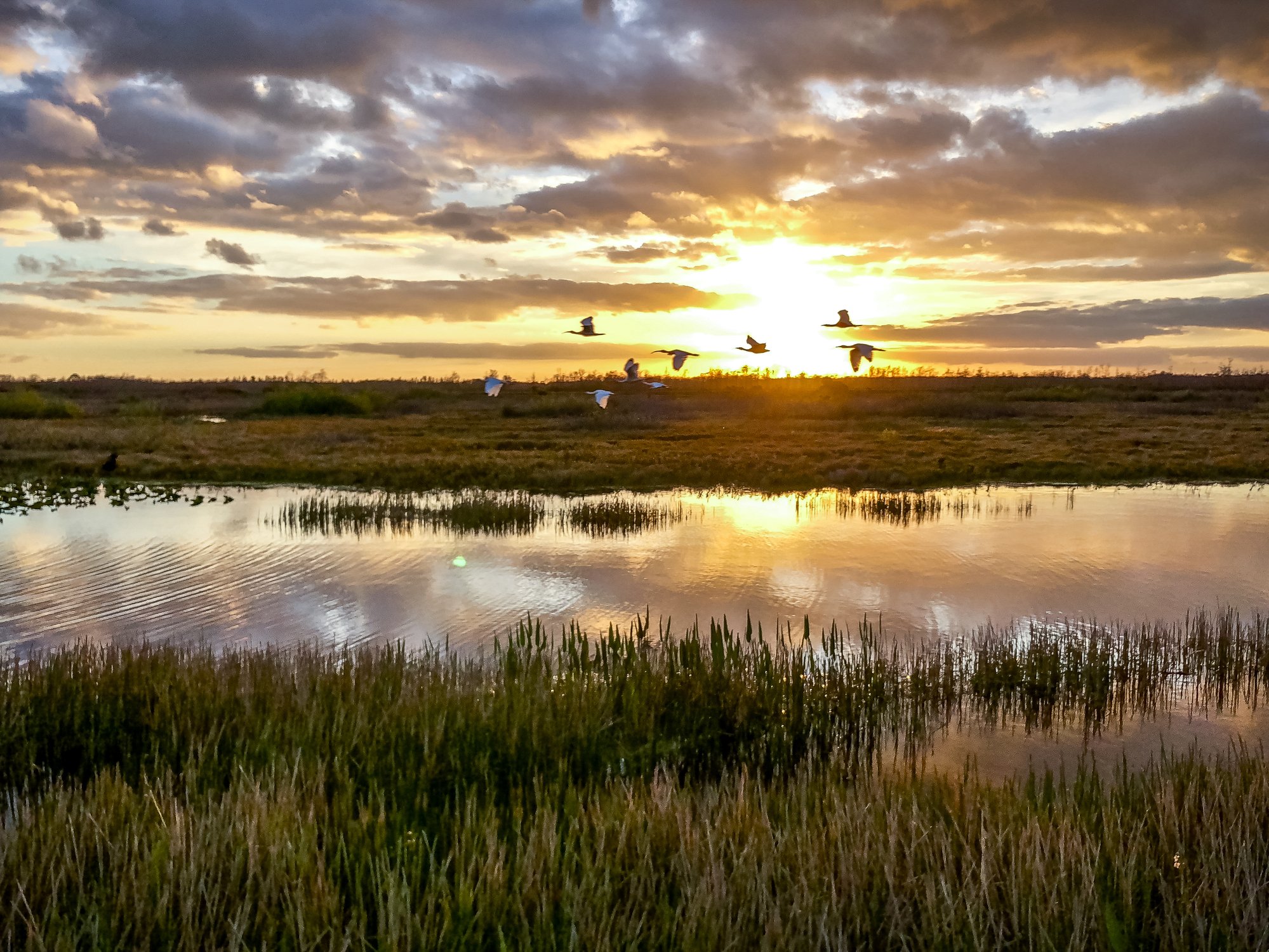Wondering how you can diversify your rural land and increase profits? The elderberry may be the perfect superfruit crop for you.
If you’re like many rural land owners, you have likely thought at length about how to best use your rural land to generate income.
One area to consider is that of medicinal plant growing. From herbs and trees to roots and shrubs, medicinal herbs are a hot commodity in today’s ever-growing health, supplement and personal care markets.
Take berries, for example.
It seems every year we hear about some new antioxidant-rich “superfruit,” promising to rid us of all our modern ailments—from premature aging to aches and pains.
Yet, few of these exotic superfruits live up to their marketing and reputation.
Plus, they typically cost an arm and leg and aren’t native to North America, making them near-impossible to grow for market.
Except for one tried-and-true superfruit that grows freely throughout most of the United States, including the Southeast: the elderberry.
This versatile shrub grows wild and can be easily cultivated on your rural land with a little know-how and tender loving care.
What’s more, its superfruit status has been scientifically proven (unlike many others) to help with a variety of common modern ailments—from reducing the duration and severity of colds and flu by boosting immunity, to stopping hay fever and seasonal allergies.
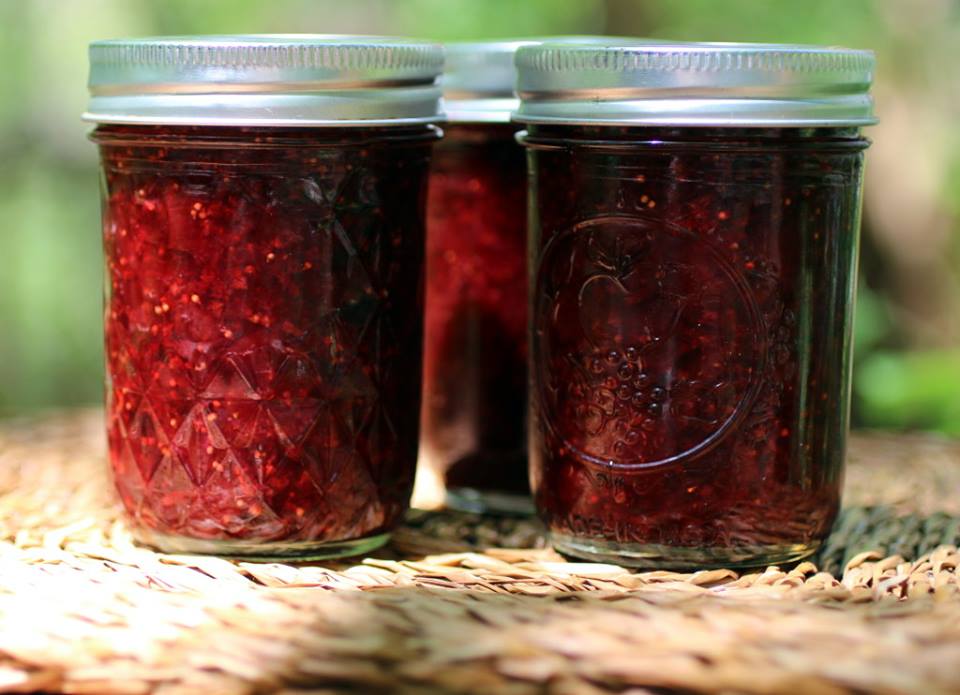
Plus, it makes delicious jams, jellies, baked goods and more; its flowers can be used to make gourmet beverages and even its cane has a variety of practical uses.
In today’s post, elderberry growing expert Rodger Lenhardt of Norm’s Farm in Pittsboro, North Carolina gives us an inside look into the exciting and booming world of elderberry growing, processing and marketing.
Read on to learn more about why elderberries are the ultimate berry bush for your rural land.
The Transformation of Norm’s Farms: From Soybeans to Sustainable Elderberry Farm
Norm’s Farms, now operated by Rodger Lenhardt and family, didn’t start out as the poster-child for sustainable elderberry farming, quite the opposite.
The farm, originally located in the Missouri river bottom of Hartsburg, MO, was stewarded by farmer and land/wildlife preservationist Norman Lenhardt (Rodger’s father).
When Norman was about to turn 80, he turned to his son Rodger to take over the farm. Rodger and his wife ran an herbal nursery for years in the mid-1980s when their children were young.
“When my Dad approached me, he said, ‘I need you to take care of the farm, I can't do it anymore,’” says Rodger. “One of the things he was most interested in was farmland preservation. With his wish in mind we set the farm up as a trust so it could produce food, plant based medicine, energy and at the same time provide a safe haven for wildlife while still protected from development.
“The farm was a commodity farm and we grew mostly soybeans, but in the commodity world it wasn’t enough to make a living. And over the years I had developed an interest in what I call “restorative agriculture,” and with everything moving toward GMOs, I told Dad the first thing I’m doing is taking the farm out of annual monocrop production, and he basically gave me his blessing.”
With his father’s blessing, Rodger got to work restoring what he called “a landscape completely devoid of life.”
“There was absolutely no life in that field. You could stick a shovel into the dusty ground and not dig up a single earthworm. There were no butterflies, no bugs, no birds. These GMO crops are engineered in such a way that no living thing will touch them, so we had our work cut out for us.”
Rodger put his knowledge about restorative agriculture to work by planting nitrogen fixing legumes, grasses, different varieties of clover and tillage radishes—which help with moisture retention and minerals. They also put down agricultural charcoal to simulate burning, which stimulates soil microorganisms, and added minerals and trace elements.
Despite the poor soil quality, Rodger’s methods worked and within a year they had beautiful field teeming with life including insects, pollinators, birds, worms and everything you want in a healthy farm eco-system.
“Now we had to figure out what to do with that beautiful land. Since we’re prone to flooding we didn’t want to put in an annual crop, so we hit upon the idea of growing elderberry from The University of Missouri’s elderberry improvement project.
“The purpose of the project is to understand the best forms to cultivate for market, to help farmers diversify their income. They looked at overall yield per acre, whether or not they had shattering tendency, uniform ripening, etc. After looking at those 65 varieties, they found six with the most potential. Those are the ones we started growing, and became a poster child for the elderberry improvement project.”
Today, the Lenhardt’s have created a mini-elderberry empire in the South, partnering with other elderberry growers to produce a variety of value-added products including: award-winning jams, jellies and preserves sold in Whole Foods Market and other grocery stores, supplements and syrups.
Norm's Farms supplies value-added size products and elderflowers to producers like vineyards, breweries, chefs and other specialty food companies. They have a complete product offering on their website, including seasonal cuttings for those who want to try their hand at growing this versatile native superfruit.
Could elderberry growing help diversify your rural land like it did for Norm’s Farms? Read on to learn more about the elderberry growing process.

What Type of Land and Soil is Most Suitable for Growing Elderberries?
Per Rodger, “Elderberries like moist, cool, nutritious soil and are very shallow rooted. So take the time to cultivate and amend your soil.
“They grow in a wide range from 5.5-7.6 pH range with near-neutral being the best. The berries grown up north are sweeter than the berries grown down south because of the cooler temperatures which draws the sugars up.”
The Best Varieties of Elderberries to Grow for Market Based on the University of Missouri Study
As mentioned above, UMA’s elderberry study looked at the best varieties to grow for market, and came up with these top six. All of which, Rodger says, grow well in the South:
- Wyldwood
- Adams
- Ranch
- Magnolia
- York
- Bob Gordan
Variety Diversification is Key in Planting Elderberry Bushes
Although not all of the top-six varieties are native to the South, Rodger says that can work in the farmer’s favor:
“Non-native bushes perform rather well, but may not flower in sync with the native varieties. For example, if I took the York and brought it down south, all the native varieties here would produce their flowers before the York. But that doesn’t mean you shouldn’t use non-local types.
“Planning your harvest is key for the busy farmer, so if you want an early season, late season and mid-season, you can choose native and non-native varieties to spread that out.”
Rodger says the variety you choose also depends on if you’re interested in the flowers or the berries, or both. So, it pays to do your research before investing in a certain variety.
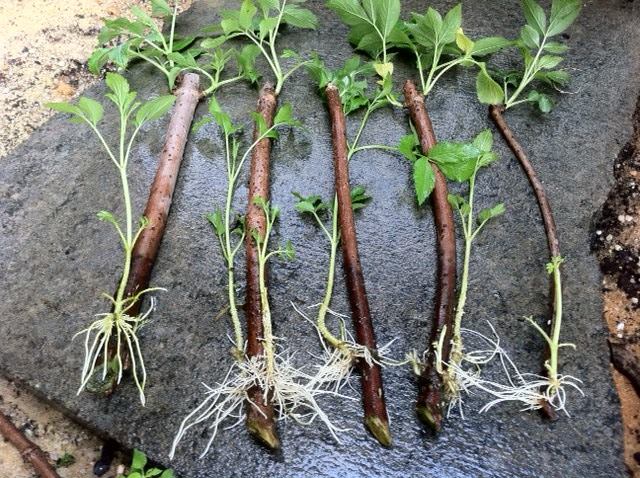
Easy Propagation Equals Economical and Efficient Growth and Expansion
According to Rodger, one of the great things about growing elderberries is how easy they are to propagate yourself.
“I always tell new growers that you don’t need to buy acres and acres of cuttings from us to start, because you can propagate them so quickly.
“I recommend starting with half an acre because that’s where the price break happens. From there, you can easily cultivate more and more bushes from your existing plants. If your soil’s good, you could end up with 3-4 canes per cutting that are 8 feet tall, and the following winter when the canes go into dormancy, you can harvest 50% of those canes and produce 6-8 cuttings from each cane, so you can expand rapidly from there at very little cost.”
Planting and Growing Tips for Healthy Elderberry Bushes
When is the best time to plant?
Per Rodger, “As soon as the ground thaws out. Get those cuttings into moist ground after the last freeze, they’ll grow roots at a 40-degree soil temperature.
“The worst thing you can do is start these plants indoors. They can take the coolest weather North America can throw at them and it forces them to grow roots first. These plants are very resilient so don’t baby them!”
Rodger recommends planting your cuttings two feet apart with rows spaces twelve feet apart.
“You want to spread into a dense hedge-like growth to maintain a two-foot row of elderberry where you see fifty-plus feet of canes. You want it so dense you can hardly walk through the row.”
Rodger keeps those nutritive grasses mentioned in the beginning of the article between the rows, which they cut directly into the bushes to feed them.
Since elderberries like moist, wet soil, they use hay to mulch around the bases of the bushes.
Keep in mind, since elderberries have very shallow roots, no tractors, tillers or hoes should be used as they can damage the new roots.
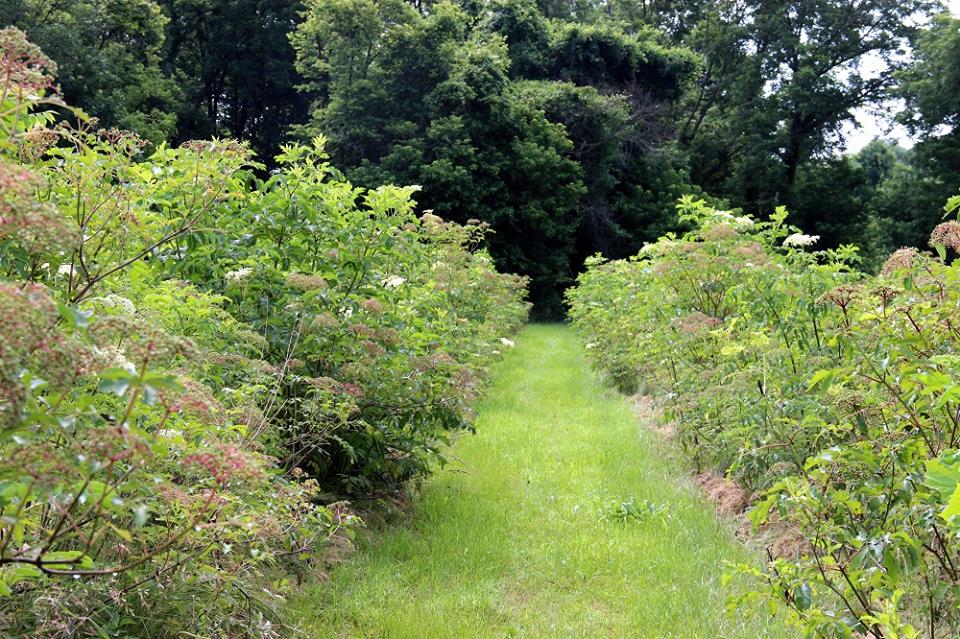
When can you expect your first harvest?
Says, Rodger: “You will likely get flowers and berries that first summer. However, we tell people to pinch off those first flowers and wait for the next season to give the plants more time to get established and grow stronger roots.”
Serving the Many Elderberry Markets
As proven by Norm’s Farms, there are variety of markets for elderberries and elderflowers including:
- Specialty and gourmet food and beverage companies
- Supplement companies
- Breweries
- Vineyards
- Herbalists
- Tea Companies
The cane of the elderberry bush, which can be processed similar to bamboo, also has value for sheet goods and packaging such as egg cartons, drinking cups, etc.
And if you’re interested in making value-added products, like the Lenhardts, the possibilities and income potential are vast.
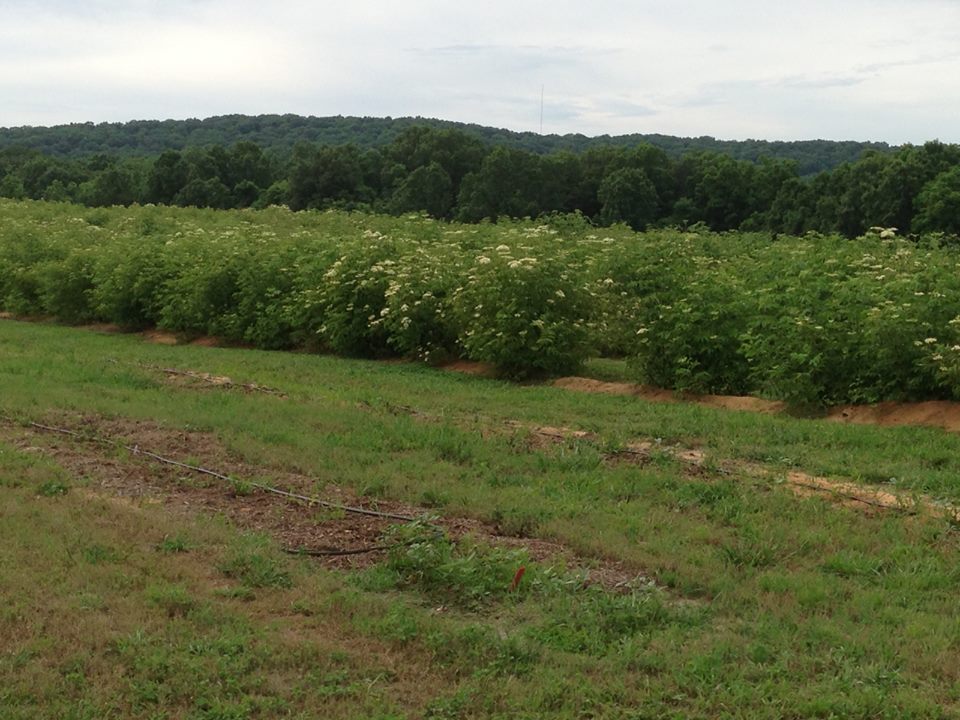
Could Elderberries be Right for Your Rural Land?
There is no doubt, the market for elderberries is enormous. And with more and more studies surfacing about their incredible health benefits, the demand for growers will continue to rise.
If you have a few acres to spare, an interest in building soil and the drive to get in on the frontlines of one of natural medicine’s true superfruit crops; elderberry could be the ideal cash crop for your rural land.
To learn more about cultivating, growing and making elderberry and elderflower products, plus incredible recipes like this Homemade Elderberry Syrup (a tasty way to support healthy immunity this time of year), visit Norm’s Farms online at: www.normsfarms.com.


